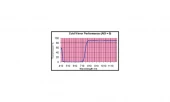Description
Hot and Cold Mirrors are essential optical components designed to manage light and heat in various applications. These mirrors are crafted with precision to either reflect or transmit specific wavelengths, ensuring optimal performance in demanding environments. The use of high-quality Borosilicate type glass allows these mirrors to operate efficiently under high temperatures, making them a reliable choice for both industrial and scientific applications.
Hot Mirrors are specifically engineered to separate visible light from heat by reflecting infrared radiation. This capability is crucial in applications where heat management is necessary to protect sensitive components or maintain system efficiency. The preferred angle of incidence (AOI) for hot mirrors is 0º, and they offer an impressive average transmission of 85% within the 420-700nm wavelength range. Additionally, they provide a high reflection rate of over 95% for wavelengths between 800-1000nm, ensuring that unwanted heat is effectively redirected.
On the other hand, Cold Mirrors are designed to reflect visible light while allowing heat to pass through. This feature is particularly beneficial in lighting and projection systems where heat dissipation is required to prevent overheating. Cold mirrors operate optimally at an AOI of 45º and exhibit an average transmission rate of over 85% for wavelengths ranging from 800-1200nm. They also achieve a reflection rate of over 95% for the visible spectrum (400-700nm), ensuring bright and clear light output.
Both hot and cold mirrors are available in various sizes, ranging from 15mm to 300mm, with a standard thickness of 3.3mm. They are coated with a dielectric multilayer to enhance their reflective and transmissive properties. The mirrors also feature a protective bevel to ensure durability and longevity. For those with specific requirements, custom configurations are available to meet unique application needs.
Cold Mirror MC0-50.8
Specifications
| Diameter: | 50.8 mm |
|---|---|
| Thickness: | 3.3 mm |
| Surface Flatness: | lambda/2 |
| Surface Quality: | 80-50 scratch-dig |
| Transmission: | 85 % |
| Reflection: | 90 % |
| Transmission Range: | 750 – 1000 nm |
| Reflection Range: | 400 – 700 nm |
Features
- High Transmission for Visible Range: Hot mirrors provide excellent transmission for visible light, ensuring clarity and brightness.
- High Reflection for Infrared: These mirrors effectively reflect infrared light, helping to separate heat from visible light.
- Heat Removal: Designed to remove heat efficiently, making them ideal for applications requiring thermal management.
- Borofloat® Type Glass: Constructed using high-quality Borosilicate glass, allowing operation in high-temperature environments.
- Dielectric Coating: Features a durable dielectric multilayer coating for enhanced performance and longevity.
- Angle of Incidence (AOI): Available for AOI's of 0º or 45º, providing flexibility for various applications.
- Custom Configurations: Mirrors can be customized to meet specific requirements, ensuring a perfect fit for your needs.
- High Reflection for Visible Range: Cold mirrors are designed to reflect visible light effectively, ensuring optimal performance.
- High Transmission for Infrared: These mirrors allow high transmission of infrared light, making them suitable for applications requiring heat removal.
Applications
- Projection Systems: Separate visible light from IR to enhance performance and reduce heating.
- Lighting Systems: Reflect or transmit IR to manage thermal output in high-intensity lamps.
- Optical Instruments: Improve imaging quality by controlling unwanted heat and glare.
- Laser Systems: Provide thermal management in precision optical setups.
- Medical & Scientific Devices: Ensure stable optical performance in high-temperature environments.
Frequently Asked Questions
What is a hot mirror used for?
What is the most common wavelength range for transmission through a cold mirror?
What is the average transmission range for a cold mirror?
What is the reflective range for a hot mirror with R>95%?
What is the preferred angle of incidence for operation with a cold mirror?
Similar Products
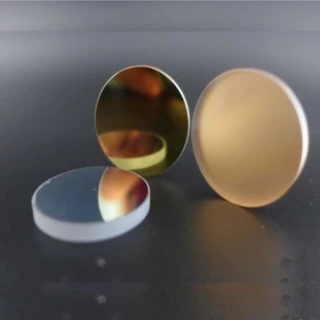
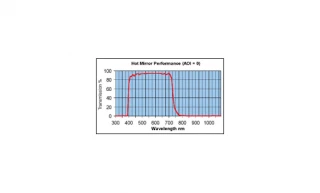
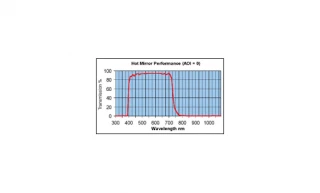
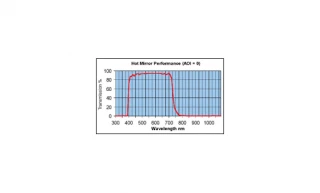

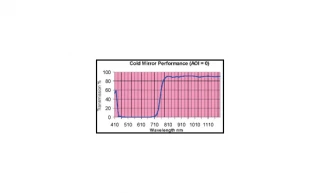
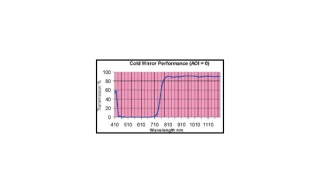

Your inquiry has been received.
Create an account by adding a password
Why create an account?
- Auto-complete inquiry forms
- View and manage all your past messages
- Save products to your favorites
- Close your account anytime — no hassle
